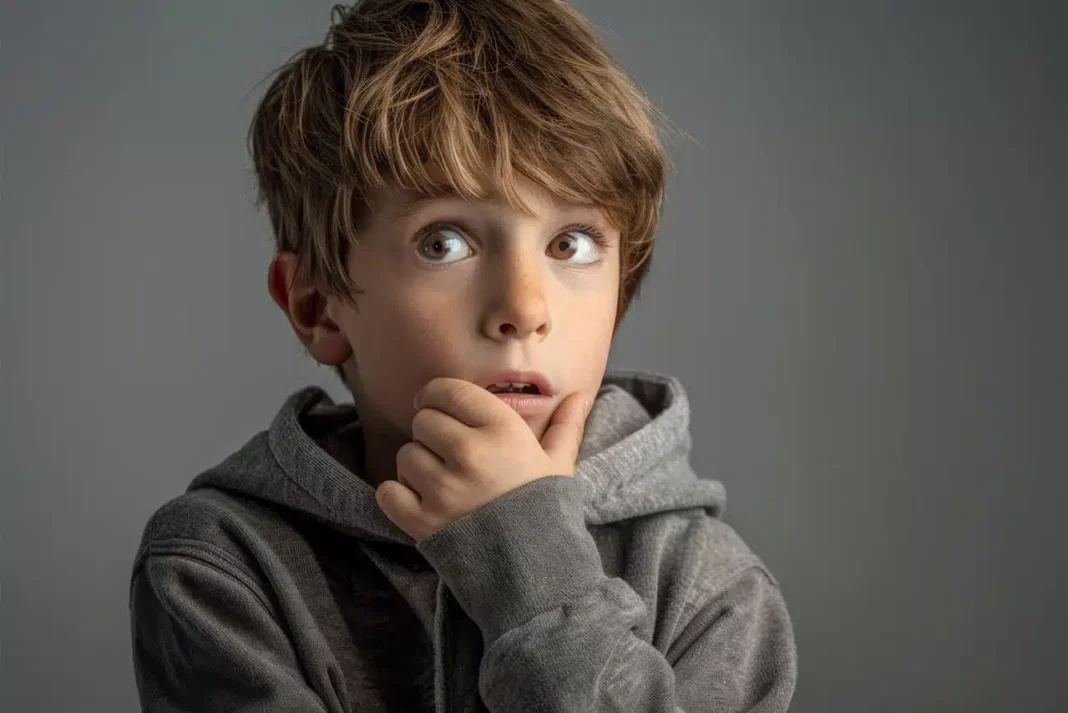The Impact of Violent Roles on Child Actors’ Psychology
In the world of television and cinema, child actors have long served as the emotional anchors of dramatic scenes. But how often do we truly consider the psychological effects of the roles these children take on—especially in productions involving violence? How does appearing in violent scenes during crucial stages of development affect a child’s perception of reality, emotional regulation, and identity formation? This article aims to explore the potential psychological consequences of exposing child actors to scenes involving violence and intense drama, within the frameworks of developmental psychology and trauma theory.
1. Child Actors and Emotional Burden
Childhood is one of the most sensitive periods in which an individual’s basic psychological structure, identity development, and emotional regulation abilities are established. The experiences children go through during this stage significantly shape their future self-perception, coping strategies, and sense of security in the world.
Although acting may appear to be a “game” from the outside, it requires serious emotional effort from child actors. The process involves developing empathy, embodying different identities, and often performing scenes that go far beyond their personal life experiences. In drama-heavy productions, children are expected to express emotions such as fear, pain, anger, or loss—feelings that may challenge their still-developing emotional boundaries.
Children may not always be able to clearly distinguish between reality and fiction. This increases the risk of internalizing the emotional impact of the role they play. For example, a child portraying a character who experiences or perpetrates violence may interpret that experience not just as a performance but as part of their real-life narrative. Repeated exposure to such roles may cause the child to perceive the world as a more dangerous place and interpersonal relationships as more threatening.
2. Violent Roles and Psychological Reflections
Violent roles can place a much heavier emotional burden on child actors than they are developmentally capable of handling. These scenes often include not only physical violence but also psychological aggression (such as humiliation, rejection, loss, fear, and loneliness). Such experiences may trigger intense stress responses, fear-based trauma, or emotional numbing in children.
If a child repeatedly participates in violent scenes, this could lead either to desensitization or increased vulnerability to trauma. Desensitization might manifest as a reduction in empathy, increased tolerance for aggression, or a distant approach in social relationships. Conversely, trauma vulnerability may show up as nightmares, intense anxiety, hypervigilance, or avoidance behaviors.
Moreover, such roles may blur the lines between a child’s “role identity” and “real identity.” A child working in a long-running series or a high-pressure set environment may begin to internalize the emotions of their character. This may negatively affect their identity development, leading to ongoing confusion about who they are, what they want, how they feel, or what they believe in.
3. Protective Factors and the Need for Psychological Support
Despite these risks, there are indeed measures that can be taken to protect the mental health of child actors. Chief among them is the support system surrounding the child. It is crucial that parents closely monitor their child’s relationship with the role, observe them on set, and accompany them through their emotional processes. Having a child psychologist or counselor as part of the production team can also provide a safe outlet for the child to express their feelings.
Legal and ethical regulations also play a significant role. In many countries, special working hours, content restrictions, and access to psychological counseling are mandatory for child actors. In Turkey, however, there is a growing need for greater awareness and regulation in this area. Collaboration between the fields of psychology and law may be instrumental in advancing such protective measures.
Additionally, assigning age-appropriate roles and ensuring psychological support before and after particularly traumatic or violent scenes can greatly reduce risks. Psychoeducational practices, play therapy, or calming activities can help children “return to themselves” after a performance and maintain healthy emotional boundaries.
CONCLUSION
Child actors’ involvement in violent scenes is not merely a matter of performance—it is a developmental and emotional responsibility. The maturity they display on camera does not necessarily reflect psychological readiness. Therefore, producers, families, and society as a whole must develop greater awareness of the emotional well-being of child actors. It must never be forgotten: a role can be replayed, but childhood cannot be relived.


